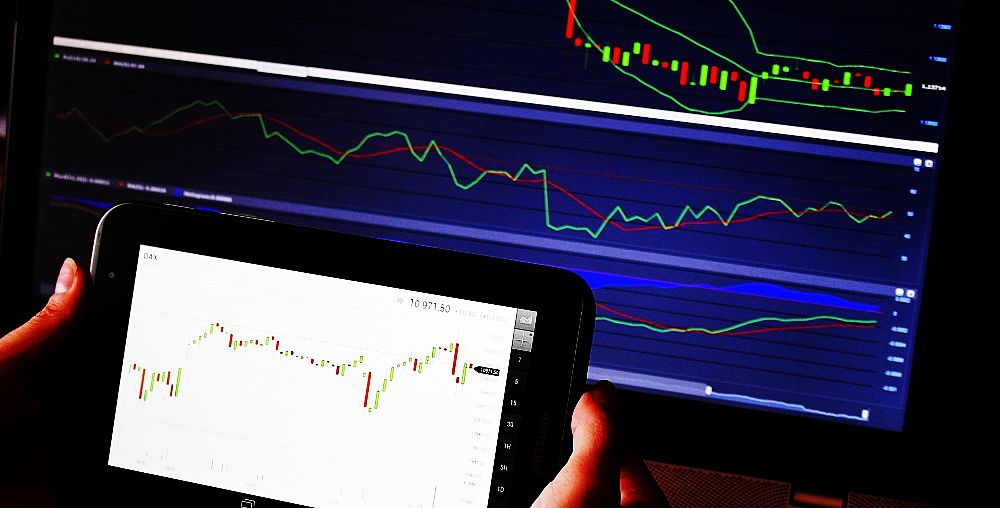Why Are Markets Plunging and Which Stocks Are Worst Hit?
A volatile week across global stock markets has escalated into a frenzied sell-off, with European stock markets plunging to their lowest level in 20 months on Thursday. In the
Why Are Markets Tanking?
The sell-off is being fuelled by concerns over rising US interest rates, political uncertainty in
The US economy is booming, prompting the Fed to raise rates to keep a lid on inflation. Rising interest rates mean higher borrowing costs for companies and individuals, such as higher mortgage rates. Investors are fearful that firms and consumers will struggle to cope with higher costs.
Charlie Ripley, a senior strategist at
Which Stocks Have Been Worst Hit?
The rout has been led by technology stocks. In the US the Dow Jones and the S&P 500 both lost more than 3% overnight, their worst declines since February, while the tech-heavy Nasdaq tumbled more than 4%, the biggest fall since the Brexit vote. The best-performing stocks over the past year have been the so-called Faang group, comprising Facebook,
Tech companies tend to be highly leveraged, so will be vulnerable to rising interest rates. The EU’s planned new tax on technology companies is also putting pressure on tech giants.
Why Are Bond Yields Rising?
The Fed has raised interest rates three times this year and traders are expecting another increase in December, followed by three more next year. This is pushing up bond yields and higher bond yields can weigh on stock markets as they provide more competition for investors seeking returns.
The yield on the two-year US government bond hit its highest level since 2008 on Wednesday, while the 10-year yield, which is used to price mortgages, auto loans and other debt, reached a seven-year high the previous day. Rising bond yields make it more expensive to borrow money.
What Is the Latest in the Us-China Trade War?
Last month
Earlier US tariffs imposed in July targeted imports of steel, aluminium and cars. Ominously,
This is expected to harm the world economy in the long run. Many economists and the
Why Does Italy Matter?
European stocks are being dragged down by the row between Rome and
David Madden at CMC Markets




